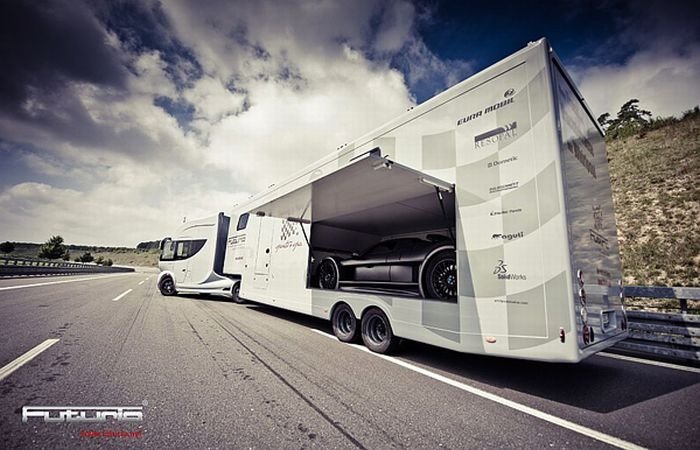|
|
Motorhome Futuria
|
In the U.S., the modern RV industry had its beginnings in the late 1920s and 1930s (shortly after the advent of the automobile industry), where a number of companies began manufacturing house trailers or trailer coaches, as they were then called. Oftentimes, these started out as mom and pop operations, building their units in garages or back yards. (One of these early manufacturers, Airstream, is still in business today.) Though tied to the mobile home industry in the early years, when few units were longer than 30 feet long, and thus easily transportable, the 1950s saw a separation of the two, as (what are now referred to as) mobile homes became larger and more immobile, and thus largely became an entirely separate industry. During the 1950s, in addition to travel trailers or trailer coaches manufacturers began building self-contained motorhomes.
The RV lifestyle is made up of those interested in traveling and camping rather than living in one location, as well as by vacationers. Some travel nearer the equator during the winter months in their RV and return in spring. This is sometimes referred to in the USA as snowbirding. There is also a large segment of younger people who participate in the RV lifestyle. Those who live in an RV are known as fulltimers and live H.O.W. (Houses On Wheels) in comparison to those who live primarily in a house and are known as slabbers or part-timers. There is another subculture of the RV lifestyle known as workampers, these are people that work at the campgrounds/RV parks they stay at for site and perks.
While many RVers may be retirees, other individuals and families are choosing RV travel as a way to see parts of the world while maintaining their incomes via technology available from the RV (such as internet, phone, fax, etc.).
|
|









